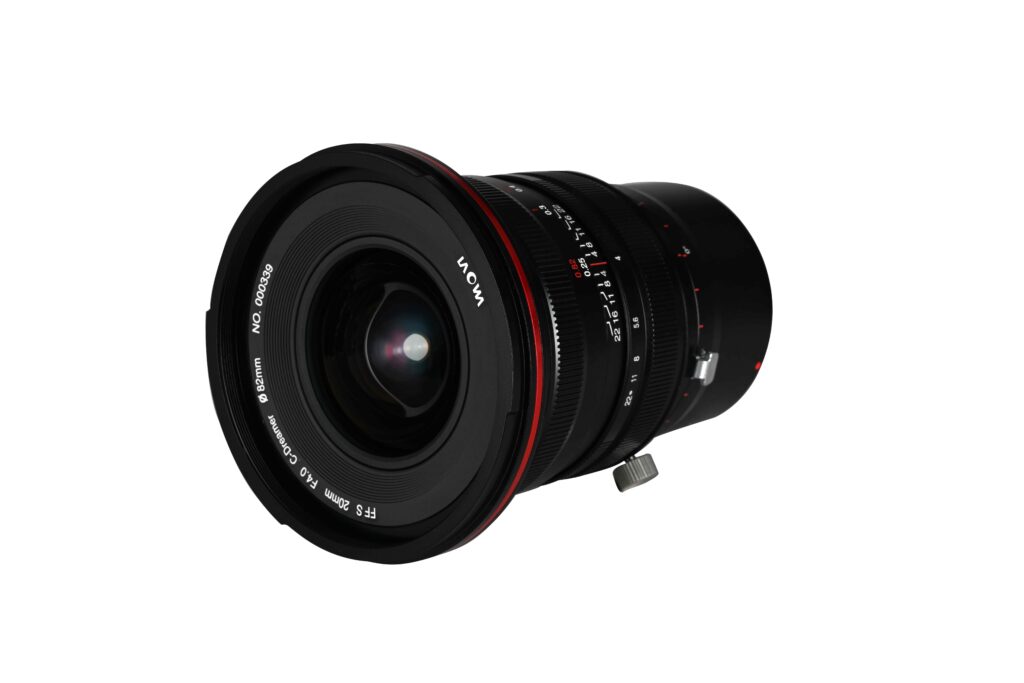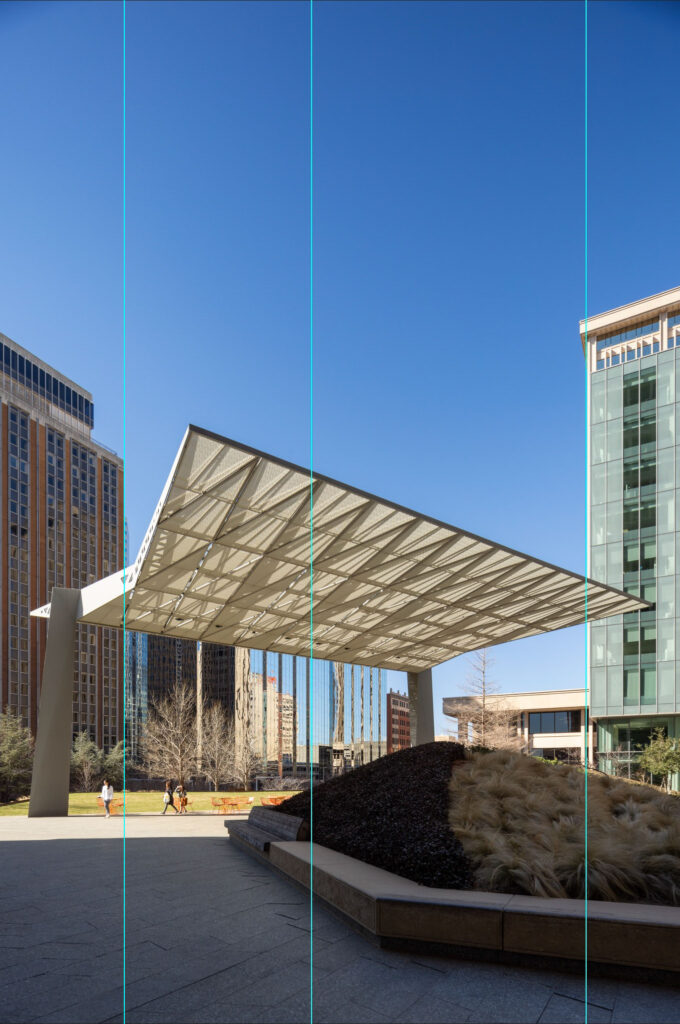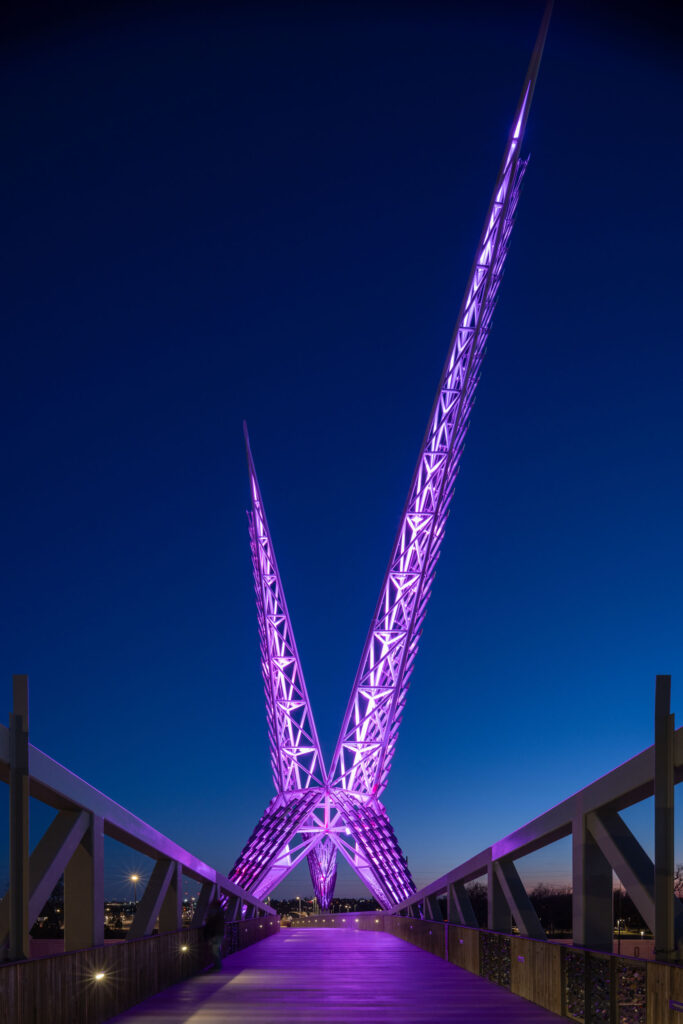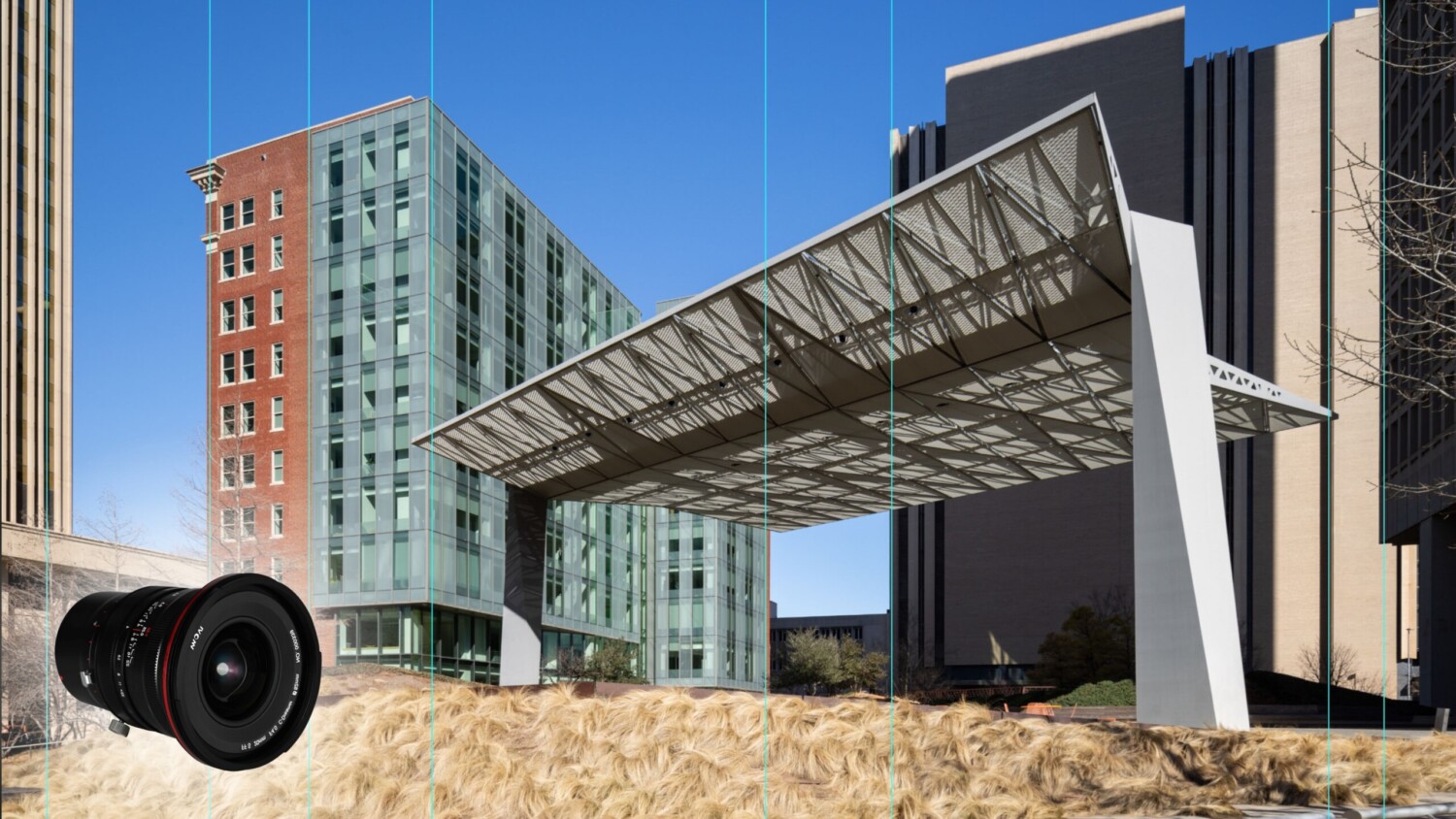Laowa Lens Offers a Reliable Shift Lens at a Great Value
The need for a shift lens is often up for debate within the architectural photography community. For those of us firmly in the shift camp, Venus Optics offers the Laowa 20mm f/4 Zero-D (“zero distortion”) Shift lens.
This lens is available across eight mounts: Canon EF and RF, Fuji G and L, Nikon F and Z, Pentax K, and Sony E. Notably, Venus Optics accomplishes this broad coverage without modifying the primary optical design across these manufacturers/mounts: lens adaptation is accomplished entirely in the tailpiece between the camera body mount and the ring that controls the direction of shift. This breadth of coverage is unusual, to say the least – but it also leads me to limit the scope of my review. The array of distinct camera pairings available with this lens is immense, and a dive of any depth into details (say, chromatic aberration, for example) would be limited to my specific setup – a Canon R5 and the Laowa 20mm in Canon RF mount.
Instead, I’ve organized my thoughts into higher-level observations that you should find broadly applicable no matter your particular use case. Venus Optics sent me this lens for this review, and I brought it on a few shoots over the past weeks to see how it holds up.

Build Quality
Before even fully unboxing the lens, I could tell this thing was solidly built. The sturdy matte-black metal body and well-crafted mechanical components felt quality right from the start. Even the lens hood is presented in anodized aluminum, further accentuating the quality attention to construction. Several of the movable rings provide satisfying tactile feedback (along with audible snicks) at detent points. I also found the shift ring really satisfying to use – it allowed for precise adjustments, making it easier to dial-in those small tweaks. Simply put, this lens doesn’t cut corners with materials or design.
More Manual than Most
If you’ve used shift (or tilt-shift) lenses before, you know you’re in for a little extra work. Lenses don’t shift themselves, and these types of lenses also won’t autofocus – trade- offs that are well worth the ability to compose an (essentially) optically correct image in real time. However, Venus wanted to deliver a well-built lens covering eight different mounts at a great price point … and that required a few compromises, one being a lack of communication between lens and camera. This is by no means a deal-breaker, but it does have implications which I get into below.
Workflow: In the Field
I’m accustomed to using tilt-shifts in my workflow, but integrating a new system always comes with a learning curve. Getting the hang of the Zero-D Shift lens took some time. Since it’s fully manual with no electrical contacts, I had to adjust to that. On my first outing, I positioned the camera above my head, which made it tricky to see the measurements on the top of the lens for setting focus and aperture. Even with the
aperture control ring within sight and reach, the inability to remotely adjust aperture via CamRanger did cause a slight slowdown in my process.
With no lens communication, I had to rely on focus peaking to ensure my subject would be sharp. This didn’t pose a problem for me as I could view the final preview on my iPad over CamRanger. However, if you solely depend on your camera body preview this might affect you differently.
Next, I brought the camera down to chest level and shifted the lens upward, revealing what initially appeared as strong vignetting. In this instance, it was actually the lens hood intruding into the corner of the image. Venus makes it easy to rotate the hood out of view, even providing thoughtful 15° detents to help guide orientation. However, if you routinely incorporate a blend of vertical, horizontal, and diagonal shift into your work you will find yourself constantly repositioning the lens hood to chase/match the directionality of shift. Removing the hood from its bayonet mount is simple, and for many of my shots the absence of the hood did not detectably impact image quality. The lens is however somewhat susceptible to flaring under certain angular lighting situations, meaning you’ll want to keep the hood (or a flag) nearby.
Workflow: In Post
Back in my office, I got to work with the images I captured. Remember, this is a fully manual lens – meaning it provides no EXIF data, and notably at the time I’m writing this article, no automated corrections in Camera Raw (for the 20mm version). The lens bills itself as “zero distortion” and while there’s no such thing, I can say the images produced were relatively free of lens-induced distortions in need of correction. Overall image quality slips slightly as the amount of shift increases, which isn’t unexpected or concerning for a lens with 11mm of shift. I was pleasantly surprised by the absence of noticeable distortion. I dropped guides onto a couple of unprocessed images, and as evident below the lens delivers remarkably accurate verticals, a feature I didn’t anticipate at this price point.


I’m impressed by the image quality, especially given its affordability. Take a look at this 100% crop below – you’ll notice that everything remains remarkably sharp.

As the lens approaches the limits of its shift range, vignetting does begin to creep in (see below in both twilight and daylight) – which is to be expected when pushing shift to the maximum. This can easily be touched-up in post if desired.


Conclusion
Overall, I consider the Laowa 20mm Zero-D Shift to be a reliable choice for those seeking to incorporate shift capabilities into their setup – and even at full MSRP ($1,099 in Canon RF) this lens is also a great value. While there are a few minor trade-offs, I found them to be manageable. Like with any new equipment, once you become accustomed to it and muscle memory takes over, using it becomes second nature.
If you don’t yet have a shiftable lens in your kit, this lens provides a compelling entry point from both image quality and price perspectives. If you want to go wider, Venus also offers a companion lens at 15mm, but at time of writing the 20mm lens I reviewed was the longest shift lens available from Venus Optics.
If you’re intrigued by this lens, APA writer Kyrre Sundal previously directed readers’ attention to a video comparison of this lens (in Canon EF mount) to Canon’s 24mm tilt- shift offering by longtime contributor and friend of the community, Usman Dawood.
Special Offer for APA Readers
Laowa Lens is offering APA Readers 10% off on either the 15mm shift or 20mm shift lens, which can be redeemed using promo code: APA2024 at checkout on their website.
Partner Information
Please note that while Mel Willis was able to keep the lens she reviewed, her opinions are entirely her own. This is not an affiliate link and APA will not receive a cut of sales. The 10% discount was negotiated by our team for the benefit of APA readers and followers who wish to purchase the lens.
